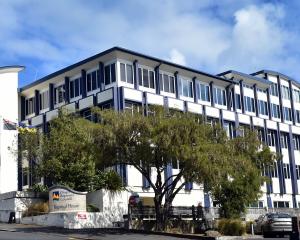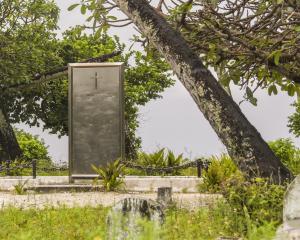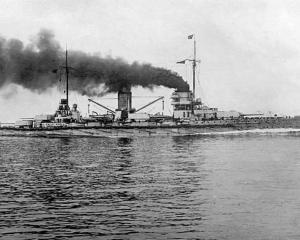As controversy rages over proposed intensive dairying in the Mackenzie Basin, New Zealanders in Missouri are leading a trend away from "confinement" back to pasture grazing and helping reinvigorate the local dairy industry, writes Phillip O'Connor.
Kevin van der Poel remembers the scepticism and suspicion when he moved to Vernon County, Missouri, more than four years ago from New Zealand to raise dairy cattle.
When he started construction on rock walkways for moving cattle between pastures, rumour spread that he was building housing for victims of Hurricane Katrina.
Some Americans thought his cows seemed too thin and speculated they had to go too far to forage, or were not adequately protected from the elements.
He was a foreigner who had bought a prized farm and had a different way of doing things.
Some folks told him he would fail - though you would be hard-pressed to get many of them to say so now.
Instead, Mr van der Poel is among those credited with boosting the state's reeling dairy industry.
In the last few years, he and a handful of New Zealanders have invested $100 million in the Missouri industry, which annually generates more than $900 million.
The New Zealanders operate four dairies and own almost 10% of the state's herd.
And with milk prices so low, their less expensive methods - which mostly involve a different way of feeding cows - are luring converts.
"Their impact has been so significant in our state that it's hard to get your arms around it," said David Drennan, executive director of the Missouri Dairy Association.
But acceptance has been slow in coming.
Tony Finch understands why some people might be resentful.
"People see [the New Zealanders' success] as a threat, or [that there is] a degree of arrogance that we do it right and they do it wrong," said Mr Finch, general manager of Grasslands Consultants, another New Zealander operation with 9000 cows on 4000ha.
In many ways, the New Zealanders are returning Missouri dairy farmers to their past.
Traditionally, all the state's dairy cows grazed on grass.
But in the 1970s, many farmers began to use confinement operations, where cows are kept in stalls and fed grain, to increase the amount of milk produced.
In the Ozark region, costs rose as more feed needed to be delivered and more manure needed to be removed.
Labour was scarce.
Farm kids were moving away, unwilling to work the intensive hours that confinement dairies required.
Shrinking profits and volatile markets drove many out of business or into other types of farming.
In 1975, the state had 20,000 dairy farms and 333,000 dairy cows.
Today, there are about 2000 farms and fewer than one-third the number of cows.
Before the Kiwis arrived, the University of Missouri had tried to step up its work with the few farmers running pasture-based dairies.
But "most of the industry saw it as a stop-gap measure to keep small dairy farmers alive", said Joe Horner, an economist with the school's commercial agriculture programme.
"We didn't get a lot of recognition out of our existing dairy industry that this was a viable, profitable system."
One indicator of success the New Zealanders have had is their continued expansion, in Missouri and elsewhere.
Some have established operations in Georgia and more are looking at other southern states.
New Zealanders are considered among the most efficient dairy producers in the world.
But high land prices have forced dairy farmers to look overseas for new opportunities.
Mr van der Poel (46) had farmed for 20 years and wanted to expand.
He and his wife found land in Missouri for $US2000 an acre that would have cost 10 to 15 times as much back home.
And because Americans consume most of the milk produced in the United States, the couple thought prices would be more stable than in New Zealand, where almost all milk is exported and prices tend to fluctuate more.
When they noticed strangers waving at them as they toured the area, the van der Poels were sold.
Now, on about 2000ha, they have 3800 dairy cows and an additional 2000 still too young to milk.
The operation pumps about $6 million a year into the community and employs 28 people, about a third the number required to run a confinement dairy with a similar-sized herd.
Mr van der Poel said he had found farming in Missouri more challenging than he anticipated.
For example, his operation has had to endure some of the widest price swings the American market has seen in decades.
And he has had difficulty finding specialised equipment and trained workers.
But overall, he said, most people had been welcoming.
Not long after hearing the Katrina rumour, the couple held an open house to try to dispel such talk.
They expected a few hundred people, but more than 3000 turned out, Mr van der Poel said.
Cars were backed up more than a mile waiting to get in.











